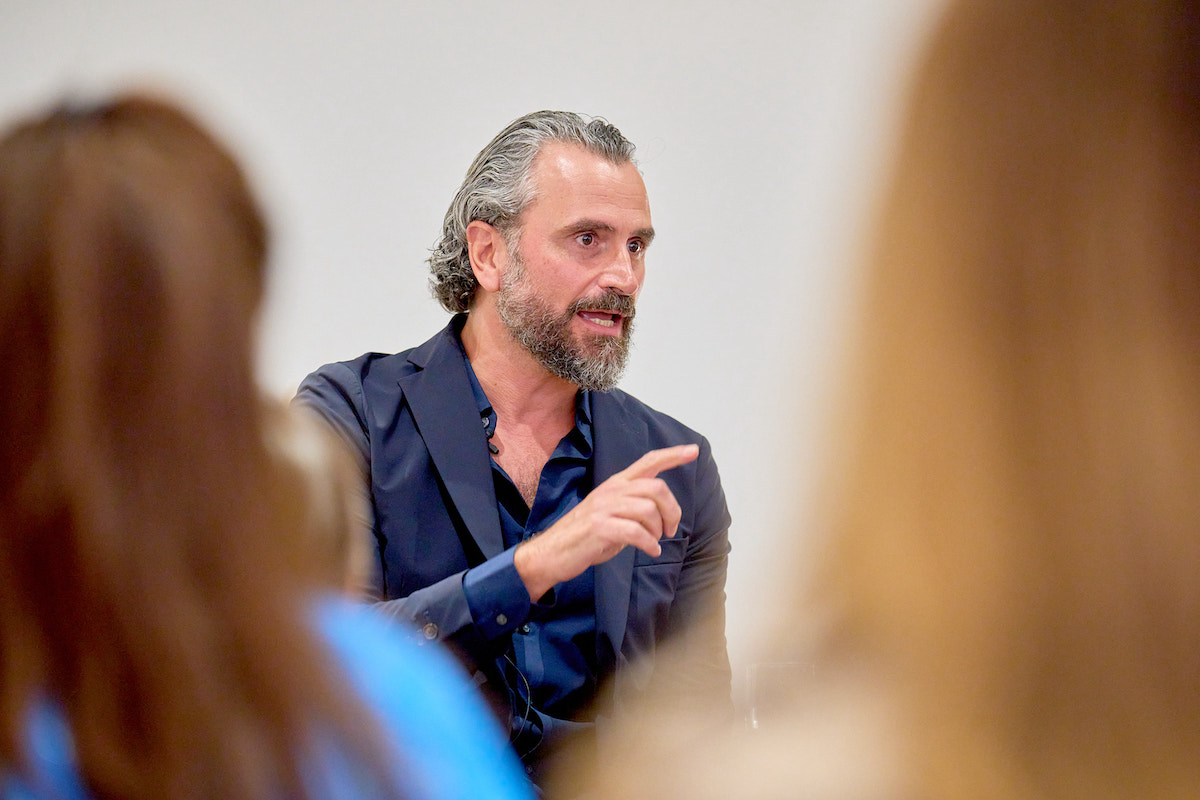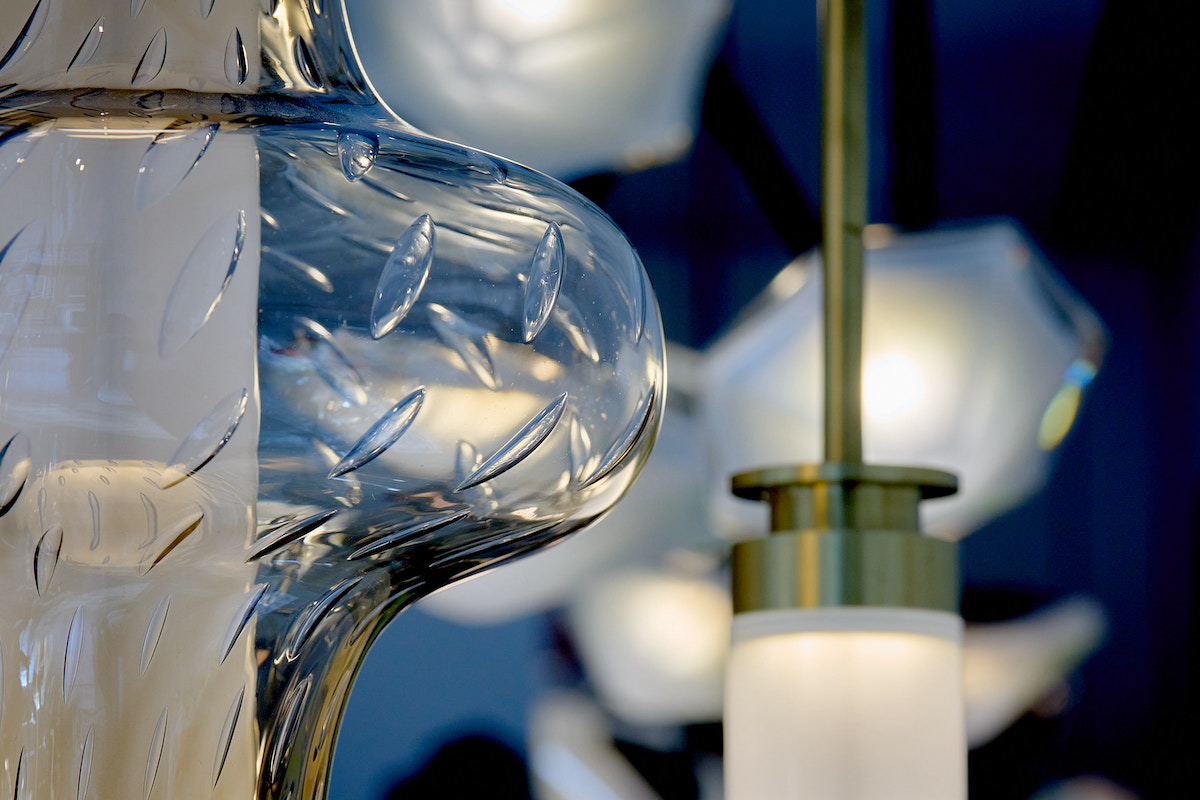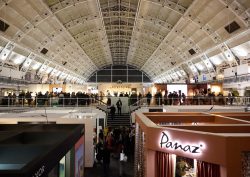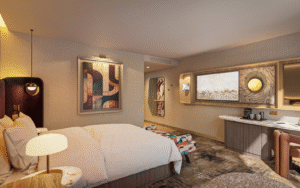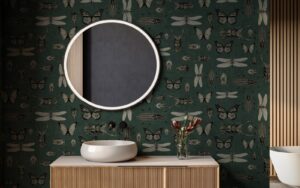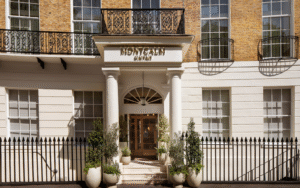The hotel design community were invited to a live panel discussion at the Gabriel Scott showroom in Mayfair to watch what one audience member described as ‘the most honest conversation the industry has heard this year’. Editor Hamish Kilburn, who chaired the exclusive chat between Alessandro Munge (Studio Munge), Elizabeth Walton (ReardonSmith Architects) and Scott Richler (Gabriel Scott), shares his takeaways…

Interior designers, architects, hoteliers and suppliers are surfing on the crest of a new wave. But while waves may be thrilling while they last, they will either eventually break as they hit the shore or lose their energy along the journey. For the hotel design community to maintain its impressive momentum, it will need to constantly jump to catch new waves, keeping a focus on the constant current below the surface, which is where Hotel Designs’ latest panel discussion, in association with Gabriel Scott, metaphorically took place.
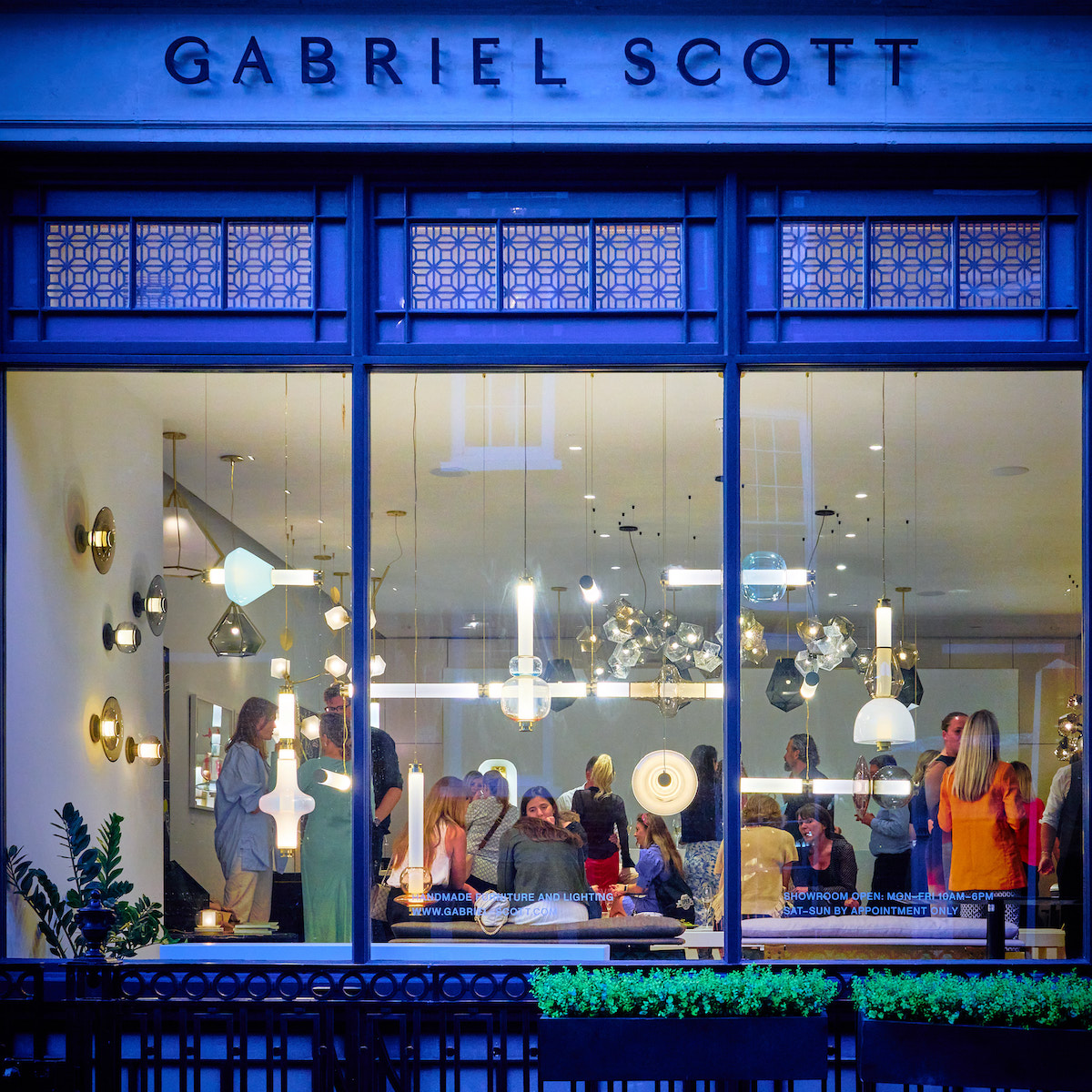
Image caption: The hotel design community gathered at Gabriel Scott’s Mayfair showroom for the panel discussion. | Image credit: Josh Caius/Gabriel Scott
Adding context to luxury hotel design was the theme of a debate delivered with honesty between Alessandro Munge, Founder and Creative Director of Studio Munge, Elizabeth Walton, Associate Director at ReardonSmith Architects and Scott Richler, Founder and Creative Director of Gabriel Scott.
-

- Image caption: Scott Richler, Founder and Creative Director, Gabriel Scott. | Image credit: Gabriel Scott
-

- Image caption: Elizabeth Walton, Associate Director, ReardonSmith Architects. | Image credit: Gabriel Scott
To set the scene, Richler started by explaining how, as a manufacturer, Gabriel Scott added multiple layers into one of its most iconic collections, The Wells, by working with six leading interior design studios to create new versions of a classic. “As a creative person, I take inspiration from others,” he said. “In celebrating our anniversary of the product, there was no better way to do that than to invite other designers to add to what had already been created. This project, named the Wells Reimagined, was enriching – not only for the brand but also, I believe, for the overall design community.”
For ReardonSmith Architects, the studio that is currently at the helm of an extensive renovation inside The Dorchester in London, the perception of ‘adding context’ has wrongly been solely associated to interior design in the past. “I think hotels really need to respect the process,” Walton said. “That process allows us, as well as clients, to really understand the essence of the identity of that hotel. With all these distractions in technology, for example, it’s important to step back sometimes.
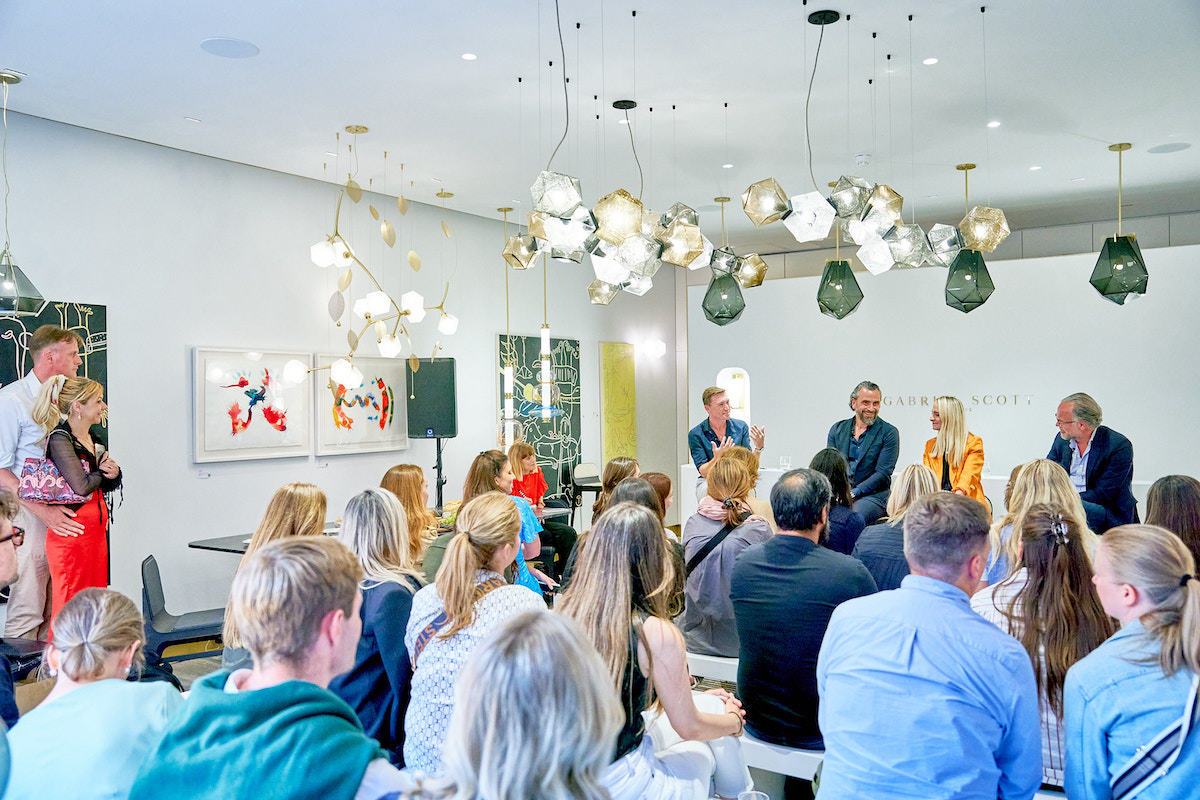
Image credit: Josh Caius/Gabriel Scott
“With The Dorchester, and any other iconic historical building, you have those other elements that inhibit immediate changes – that is a challenge in itself. To step up and embrace advancements and expectations of guests in that luxury sector allows us to then find solutions in what we can offer. For example, we have evolved the arrival experience by moving the reception desk to one side. This makes a vast difference to the overall feeling that guests now have when walking through the iconic revolving doors and arriving into the hotel.”
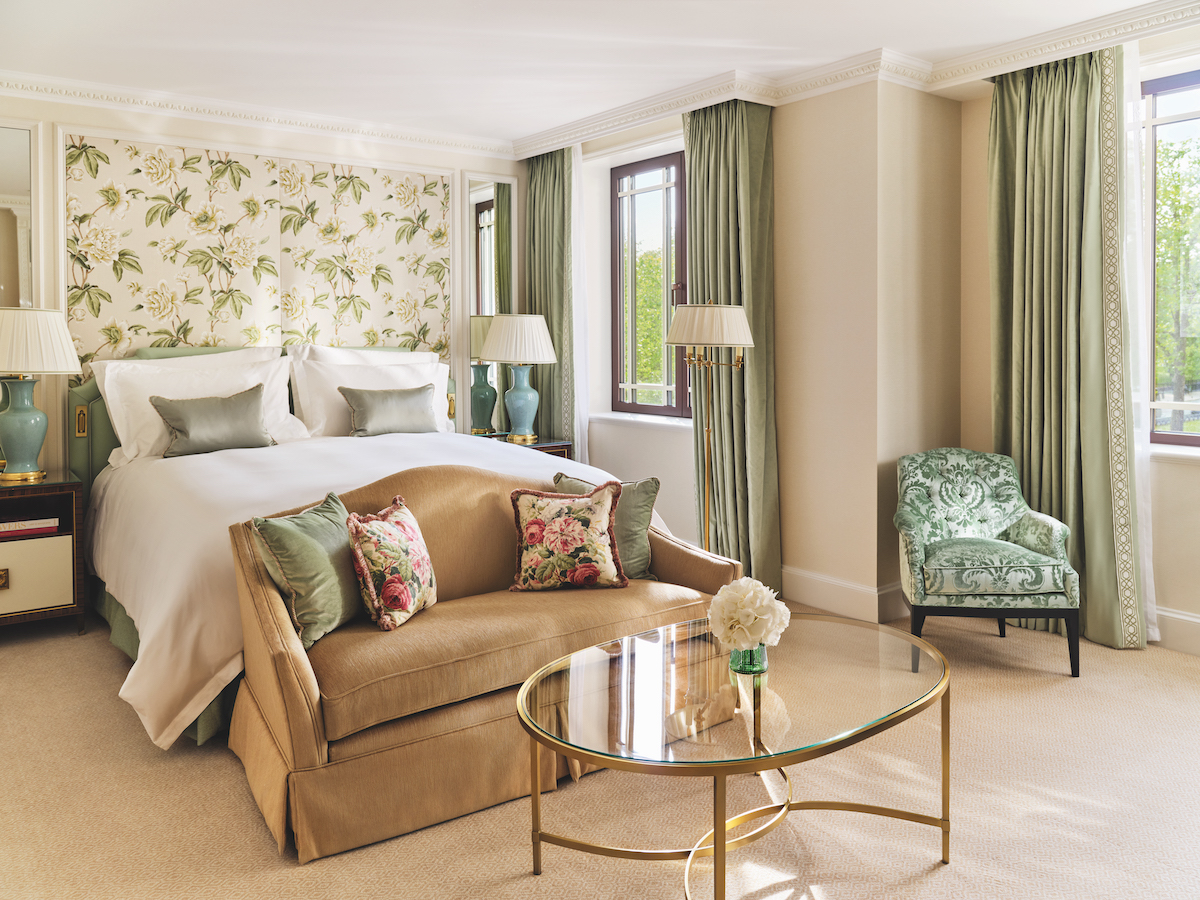
Image caption: The Dorchester. | Image credit: Mark Read Photography
When discussing the concept of adding layers to a space, Munge, who was the designer behind projects such as Muir Autograph Collection and the recently opened EDITION Residences in Miami, believed that process starts and ends with the guest experience. “I’m always asking how we can hold guests from the minute when they walk through the door and forget about what’s on the outside,” he explained. “In hotels, you can play with so much through design. Within brand guidelines, you can make a space behave (or misbehave). Once you understand the guest – the tribe, if you like – then you can start elevating their experience confidently.”
Munge went on to discuss materiality, and where that fits in the conversation around sustainability in luxury. “We have always been conscious about the materials we use,” he said. “In Muir Autograph Collection, for example, we echoed the architecture of the hotel by using muntz throughout, which is a highly corrosion-resistant metal. As a studio we are environmentally aware – we are always looking for new materials that have stronger sustainability credentials – but, rightly or wrongly, we would never let that alone dictate design decisions.”
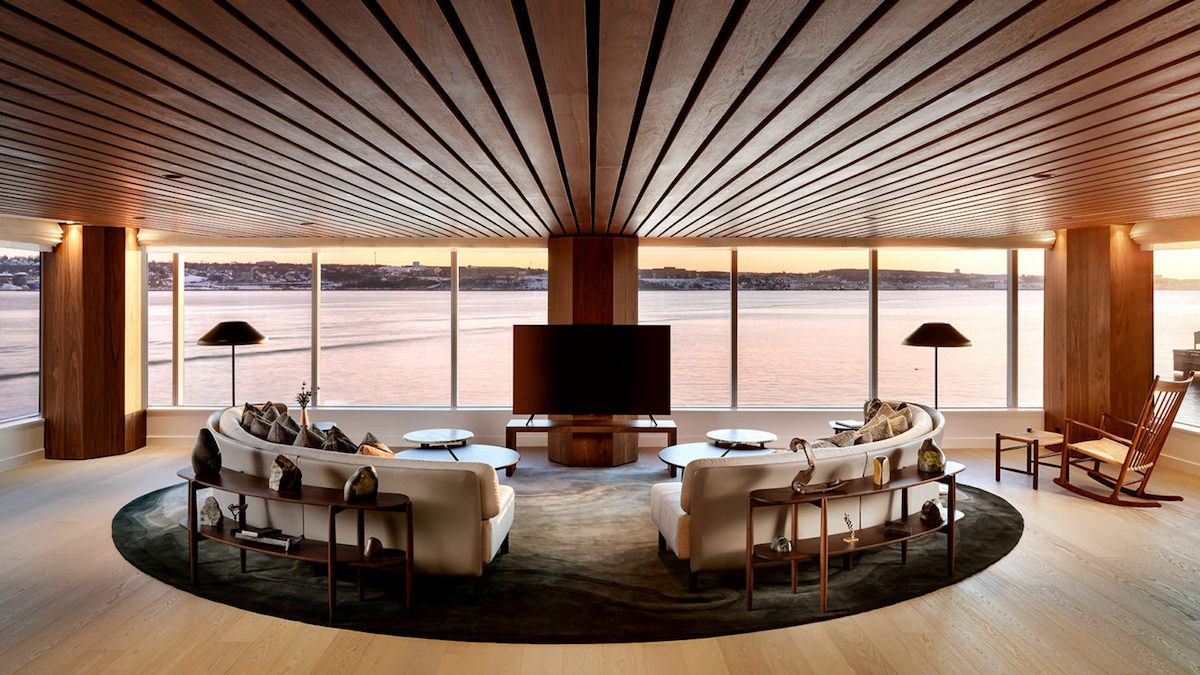
Image caption: Muir Autograph Collection. | Image credit: Marriott International
Perhaps Munge is on to something. The fact that we are, at the very least, questioning materials and measuring embodied carbon is evidence that things have changed, and we are, naturally, moving towards a greener future in hotel design. “It really is dependent on the location and the client, to be honest,” added Walton. “Clients who have the appetite to really understand how they can enhance their hotel through a sustainable strategy and / or materiality are on to something. I think it’s harder for urban hotels to add ‘sense of place’ in a sustainable way, because materials are not always on their doorstep.”
The discussion soon highlighted the merge between hospitality and design when establishing design narratives and hospitality initiatives that serve today’s demographic of luxury travellers. “I feel there’s always been a deep understanding between the hotel and designers on why design and hospitality need to work together,” said Walton. “What I think is new, though, is the fact that guests are demanding a certain level of conscious luxury in both the design and the hospitality experience, which we first saw evolve in F&B, but is absolutely filtering into the core design.”
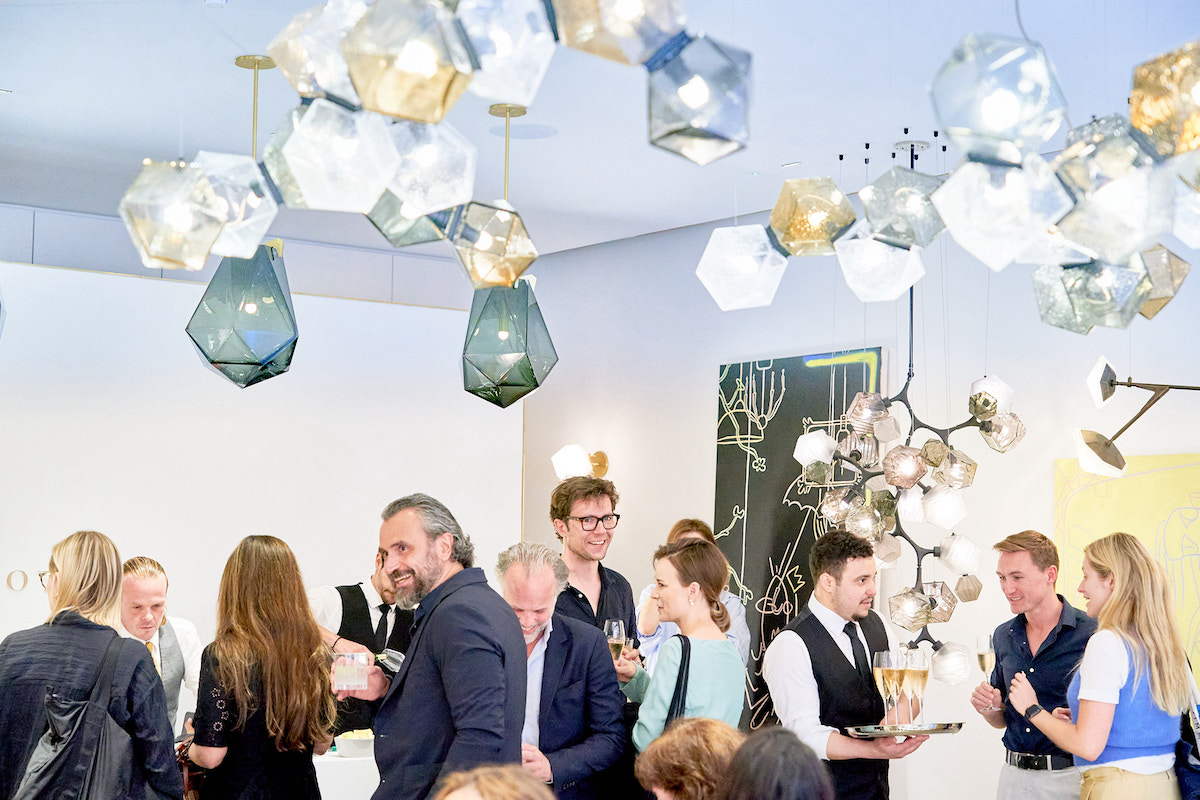
Image caption: The Gabriel Scott showroom in Mayfair was the perfect venue for the discussion. | Image credit: Josh Caius/Gabriel Scott
When the panellists were asked if they had any examples of projects that took U-turns or dramatic shifts from the period of the brief being set to the delivery of the design, Munge highlighted Amal Miami Coconut Grove, a high-end restaurant situated on the ground floor of a building that also shelters office spaces. This became a challenge for the client, but an opportunity for the designer.
When the client approached Munge with the issue of access – mainly how the workers on the above floors would access the offices, the designer suggested ‘through the restaurant’, which immediately changed the restaurant’s atmosphere to become more laid-back luxury. “We push our clients all the time, and with this project it just made sense to have one large restaurant that worked as both a diner and a sort of lobby.” By having this approach, and knowing the location well, Munge and his team were able to create a space that lived within the community – it didn’t have to work too hard thanks to its soft yet measured design scheme that felt layered.
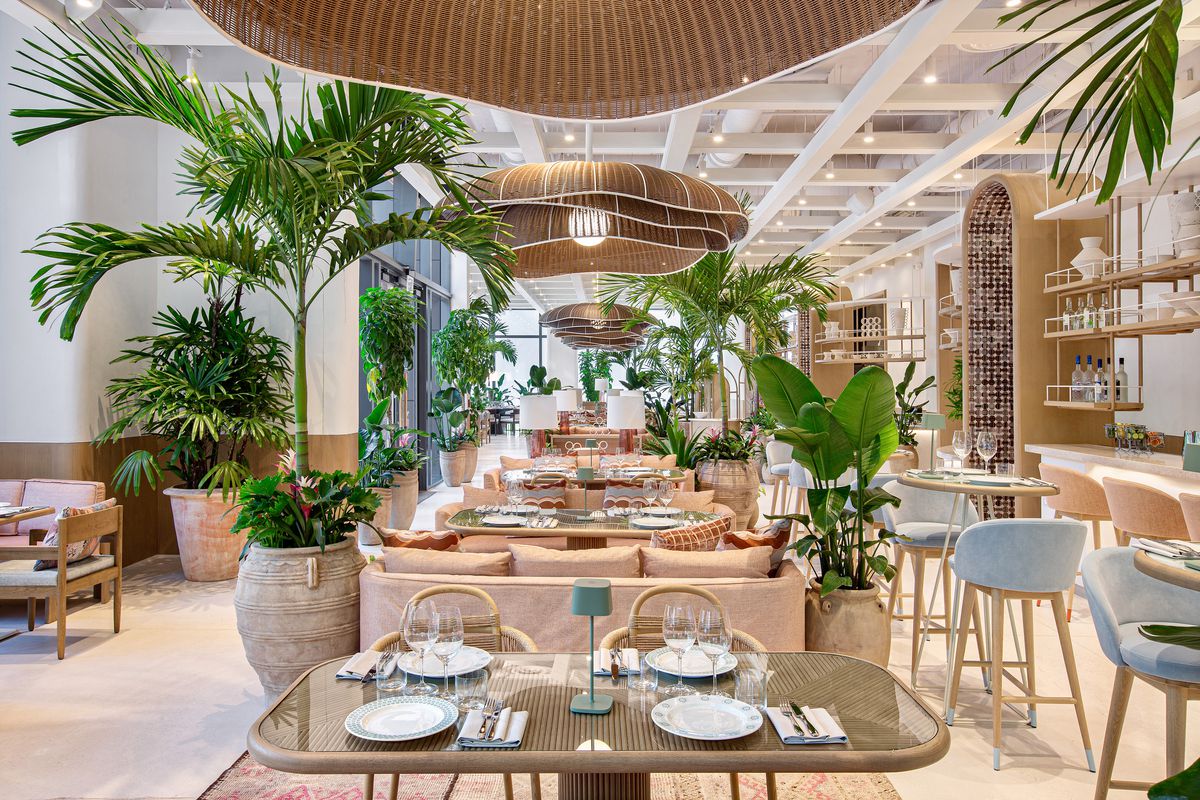
Image caption: Amal Miami Coconut Grove. | Image credit: Maxime Broken
It’s one thing designing a luxury hotel that becomes a statement on the global hotel design landscape, but arguably the biggest luxury for any designer or architect is being invited back to one of their former projects to take it into its next design era. For ReardonSmith Architects, this has happened recently when they took on the task of extending one of London’s most successful independent hotels, The Beaumont. Walton explained how the studio is helping to pave the way to the next chapter for The Beaumont while acting as custodians of the design and honouring its Art Deco legacy. “As Alessandro was saying, it’s so important to have that close relationship with your clients, and this is absolutely the case with The Beaumont,” she said. “The client wanted to retain and enhance the crux of the hotel’s identity and since we already understood the soul of the hotel from our previous work there, we were able to quickly and seamlessly translate this into the new phase of work.”
Throwing a curve ball into the discussion, Kilburn introduced mid-scale hotels into the conversation to challenge the panellists to define what luxury is in today’s market. “Branding is challenging in itself,” admitted Munge. “When we worked with EDITION in Miami to launch its first residences, we had to be respectful of the brand’s DNA, which is a hotel model, and evolve that into a residential scheme. The clientele, who are purchasing property in an EDITION residence, want to feel the spirit of Ian Schrager’s style, but they also want the space to feel theirs.”
Munge continued to explain how this project – and its robust brand guidelines – challenged him to make conscious and meaningful decisions. “Every time we wanted to make three moves, we had to edit them to one,” he explained. “That’s not in any way a criticism – if anything, ensuring every decision was right for the brand allowed us to be more considered.”
From one pressured project to another, the conversation progressed with personality when panellists described the pressure of working on and inside buildings that lock in so much history, and have, by definition, become iconic. “That term lifestyle is an interesting concept,” Walton said. “The Dorchester’s latest renovation leans on responding to this demand for the hotel to feel relaxed without losing its luxury status. Of course, there is pressure to get it right, but it’s also such an honour to retouch and redesign a hotel that has such a legacy.”

Image caption: The Artist Bar at The Dorchester. | Image credit: The Dorchester
Steering the conversation back to manufacturing, Scott had the final word. “When discussing blurring the lines between hospitality and hotels in the luxury sector, from a manufacturer’s perspective I am seeing a push for residential quality in hospitality,” he added. “Guests are wising up to shortcuts being taken by hotels and, instead, expect quality materials in all areas of a luxury hotel, which is positive to see.”
In just 40 minutes, the topic of ‘adding context in luxury hotel design’ hit a number of chords – from redesigning iconic luxury landmarks to redefining brands and exceeding guest expectations for a design that feels as well as looks authentic. The question now is whether or not budgets for these projects will stretch to allow designers to access the tools and materials to create truly exceptional hospitality experiences and stand the test of time.
It seems like, once again, the power is in the hands of the developers who will either sink or swim as the tide changes and the entire hotel design industry drifts towards unchartered waters, looking for new land to claim and develop as demand for luxury continues to evolve. Prepare the lifeboats!
Gabriel Scott is one of our Recommended Suppliers and regularly features in our Supplier News section of the website. If you are interested in becoming one of our Recommended Suppliers, please email Katy Phillips.
Main image credit: Josh Caius/Gabriel Scott






